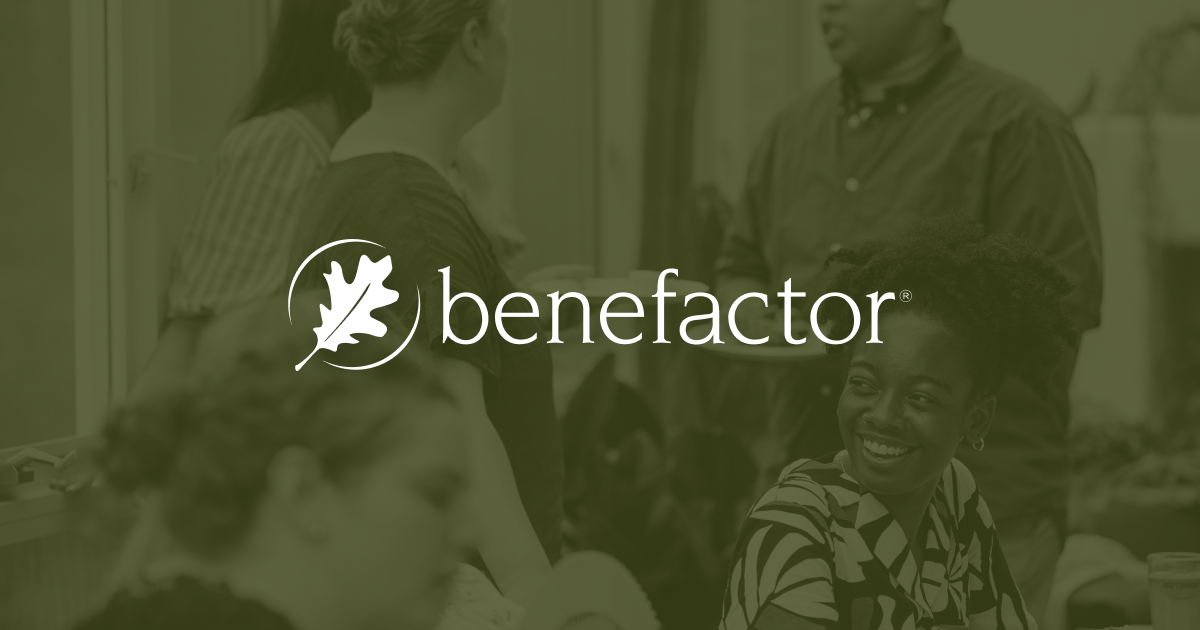The primary goals of marketing efforts are to inform people about the gift annuity program and to generate inquiries from motivated prospects. Do not attempt to explain details — that is for face-to-face meetings. Your organization’s mission and charitable work are the foundation of its marketing efforts. Gift annuity donors are motivated by both the desire to make a major gift to your institution and the opportunity to receive an attractive fixed income that they cannot outlive. Market your charitable gift annuity program to people who already support your organization as volunteers and donors. They value your mission and work, and they may be able to meet personal financial goals through the charitable gift annuity program.
Let’s consider donor characteristics, donor markets, and key messages for the two types of gift annuities.
Standard (Current) Gift Annuities
Standard gift annuities begin payments immediately or no later than one year after the gift has been made.
Donor Characteristics
Most charitable gift annuity donors have four characteristics in common:
1. They are retired, often for a number of years.
2. They want to increase their current income.
3. They seek the security of guaranteed fixed payments for life.
4. They would like to lower taxes.
Donor Markets
- Prospective donors who are philanthropically motivated and who are age 65 and older. Actually, the 70+ age group may be more productive from a marketing standpoint since the annuity payout rates increase with age.
- Prior gift annuity donors may be your best cohort of prospects, since they are already sold on the concept. Some donors, realizing that the annuity rate increases with age, set up new annuities with each birthday.
Key Messages
Regardless of the marketing techniques used, the significant advantages of gift annuities should be emphasized.
- The ability to make a meaningful gift to a charitable organization doing important work.
- The opportunity to increase fixed income.
- The opportunity for tax-free income until life expectancy is achieved.
- An immediate income tax deduction.
- Capital gains tax liability spread over life expectancy.
Deferred Gift Annuities
Deferred gift annuities let donors delay the starting date of annuity payments, which significantly increases both the size of the eventual payment and the income tax charitable deduction in the year of the contribution.
Donor Characteristics
Deferred gift annuity donors generally share these characteristics:
1. They are still working.
2. They have substantial income now or have received a substantial bonus.
3. They would like to minimize federal and state taxes.
4. They want to apply all or a portion of this year’s income toward financial security in the future.
Donor Markets
- Middle-aged high-income professionals, generally ages 50 to 64, who are looking for a large charitable deduction now and a high annuity payout during their retirement years.
- People with dependent relatives. Since the beneficiary of the gift annuity may be someone other than the donor, the annuity payments could be made to an aged relative or a special-needs individual.
Key Messages
- The gift will support the mission and programs of a significant charitable organization.
- The starting date of annuity payments is deferred, which significantly increases the income stream later on when the donor’s income will likely be less.
- The income tax charitable deduction is taken when the gift is given and when earnings are high.
- Lifetime income after the payments begin is favorably taxed.
- Income is postponed until it will be needed in the future. Deferred income can be timed to coincide with children’s or grandchildren’s college tuition payments or other purposes.
Tips and Techniques
- Use personal testimonies and real-life stories to capture attention and enhance readership.
- If you have a planned giving newsletter, time your gift annuity promotions to take place following a hike in payout rates, or when the federal interest rates make the deduction more favorable.
- Include request forms for personalized illustrations in promotional materials and on websites.
- Target marketing can be particularly effective. For example, send a letter to past gift annuity donors to announce a payout rate hike and to encourage repeat gifts. Or, do a group presentation for fifty-something professionals on how to supplement their retirement plans with deferred gift annuities.
- Often it makes sense to suggest a gift annuity to the donor who intends to make a charitable bequest. The donor can gain both current income tax savings and a favorably taxed lifetime income.
- Use the marketing methods that are already in place, such as annual reports, special events, and newsletters to feature gift annuity stories.





